There’s something magical about watching untouched landscapes roll past your window while you’re comfortably seated in a train car. Remote train journeys offer a unique perspective on some of the world’s most isolated and breathtaking territories, places where roads don’t reach and civilization feels miles away.
These rail adventures combine the romance of train travel with access to wilderness areas that few people ever see.
The beauty of remote railway travel lies in its ability to transport you through landscapes that remain largely unchanged by human development.
Here is a list of 20 incredible train journeys that will take you deep into some of the planet’s most isolated regions.
Trans-Siberian Railway – Russia
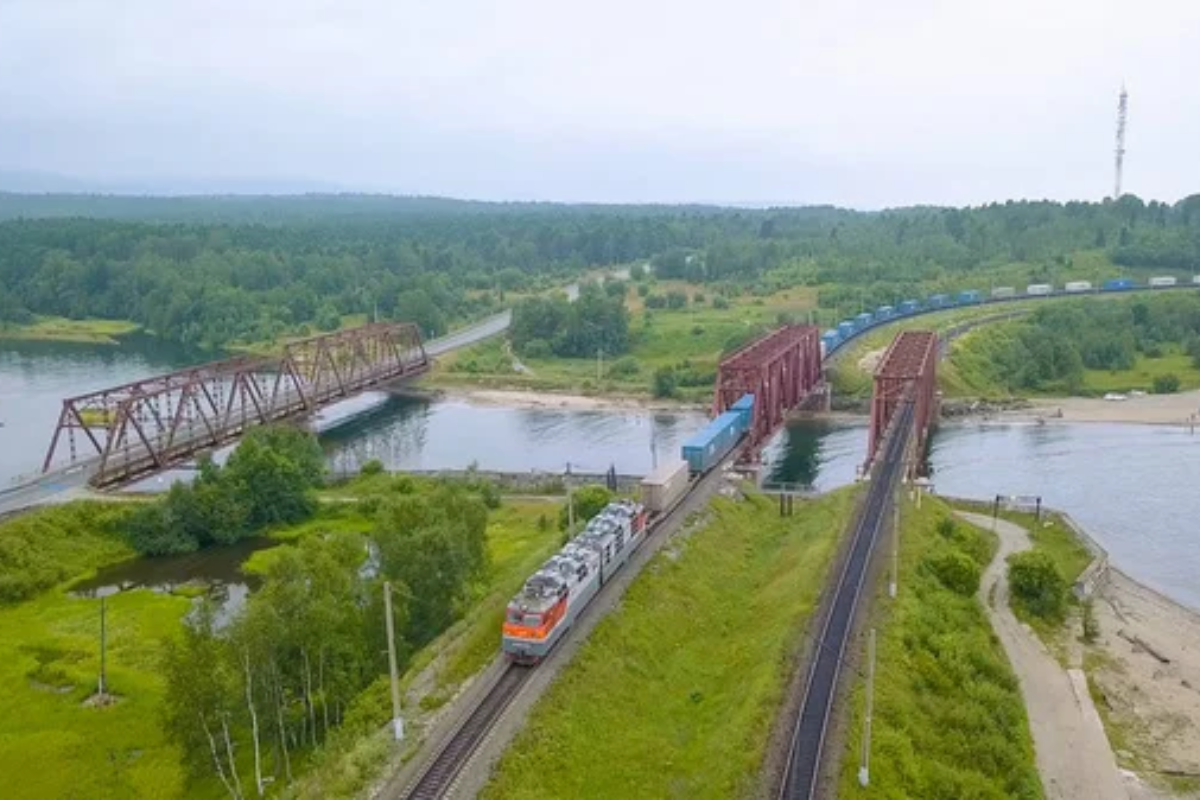
The Trans-Siberian Railway spans over 5,700 miles across Russia, making it the longest railway line in the world. This epic journey takes you through vast Siberian wilderness, tundra, and remote villages where time seems to have stopped decades ago.
The train crosses eight time zones and offers glimpses of Lake Baikal, the world’s deepest freshwater lake, surrounded by pristine wilderness that stretches endlessly in every direction.
The Ghan – Australia
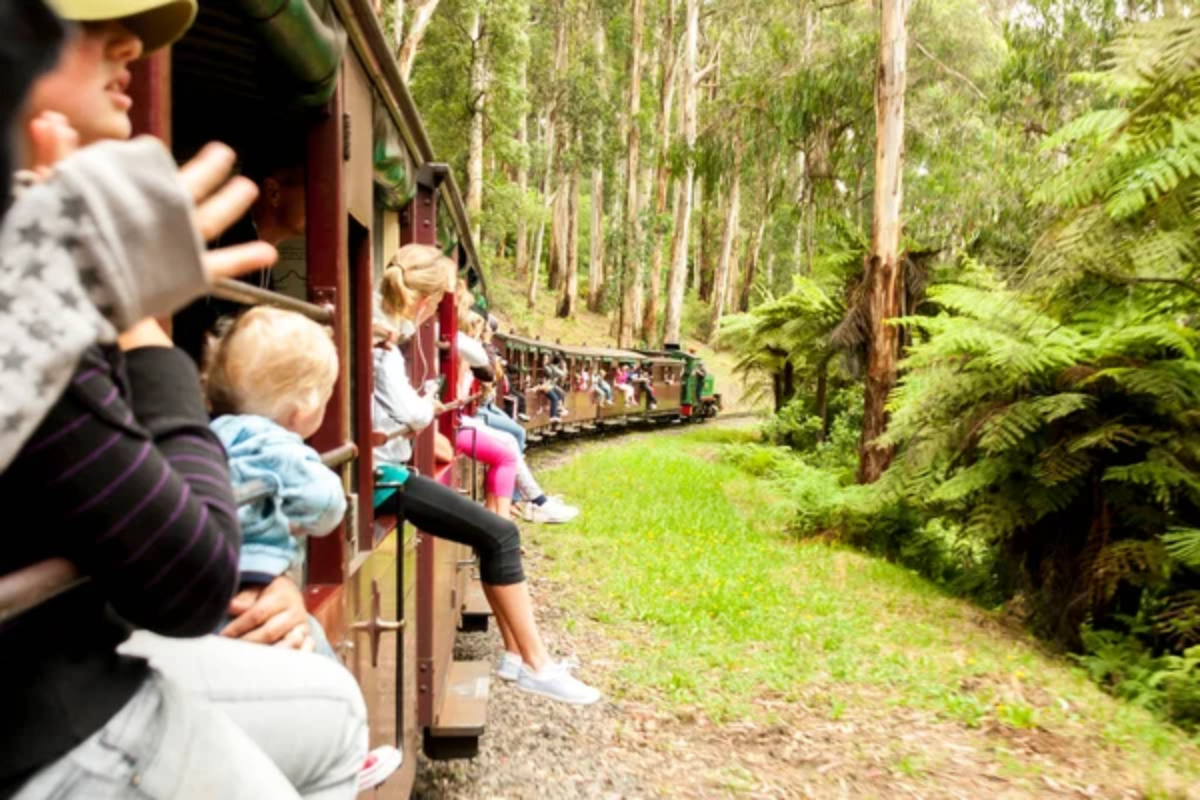
Australia’s Ghan railway cuts straight through the heart of the continent, traversing 1,850 miles of red desert landscape. The train journey from Adelaide to Darwin passes through some of the most remote and sparsely populated areas on Earth, where you might not see another human settlement for hundreds of miles.
Passengers witness the dramatic transition from temperate farmland to arid outback, with stops in tiny desert towns that feel like something from another era.
Like Travel Pug’s content? Follow us on MSN.
Rocky Mountaineer – Canada
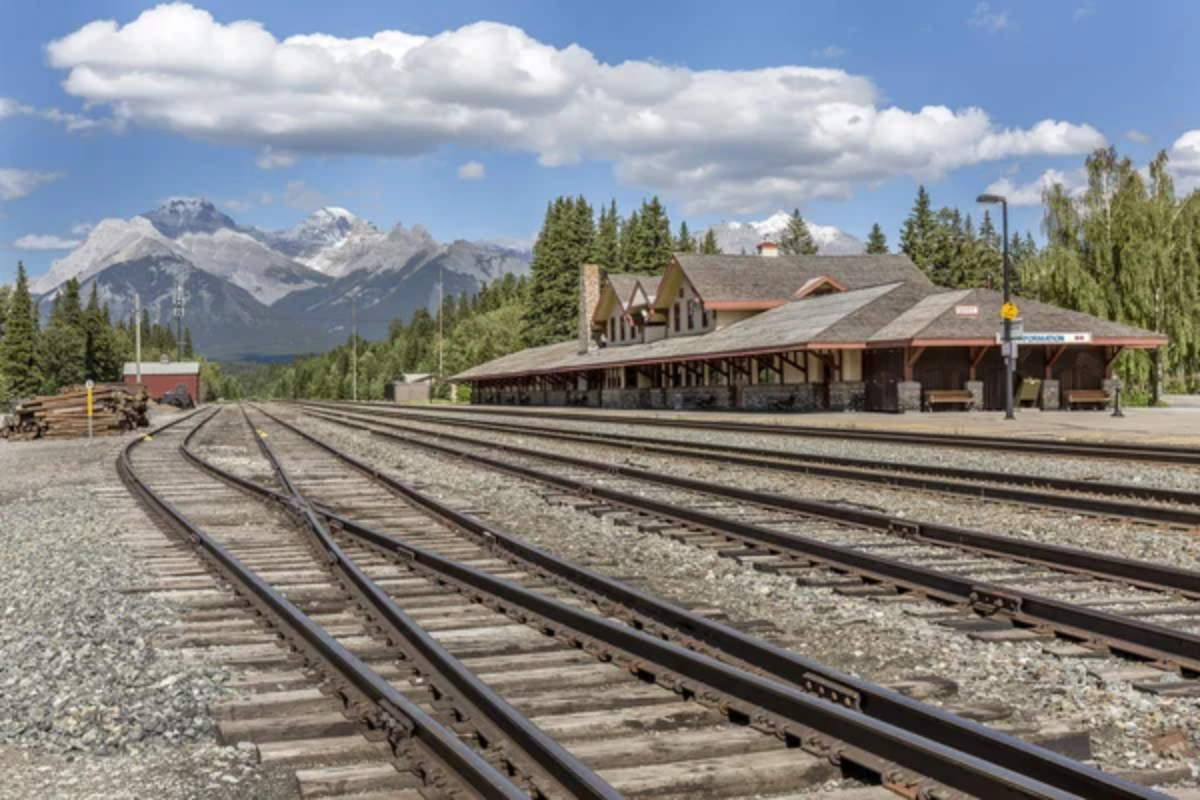
The Rocky Mountaineer winds through the Canadian Rockies, offering access to pristine mountain wilderness that’s virtually untouched by human activity. This luxury train passes through remote valleys where grizzly bears and mountain goats roam freely, far from any roads or hiking trails.
The glass-domed cars provide unobstructed views of snow-capped peaks, ancient glaciers, and turquoise lakes that can only be reached by this remarkable railway.
Patagonian Express – Argentina
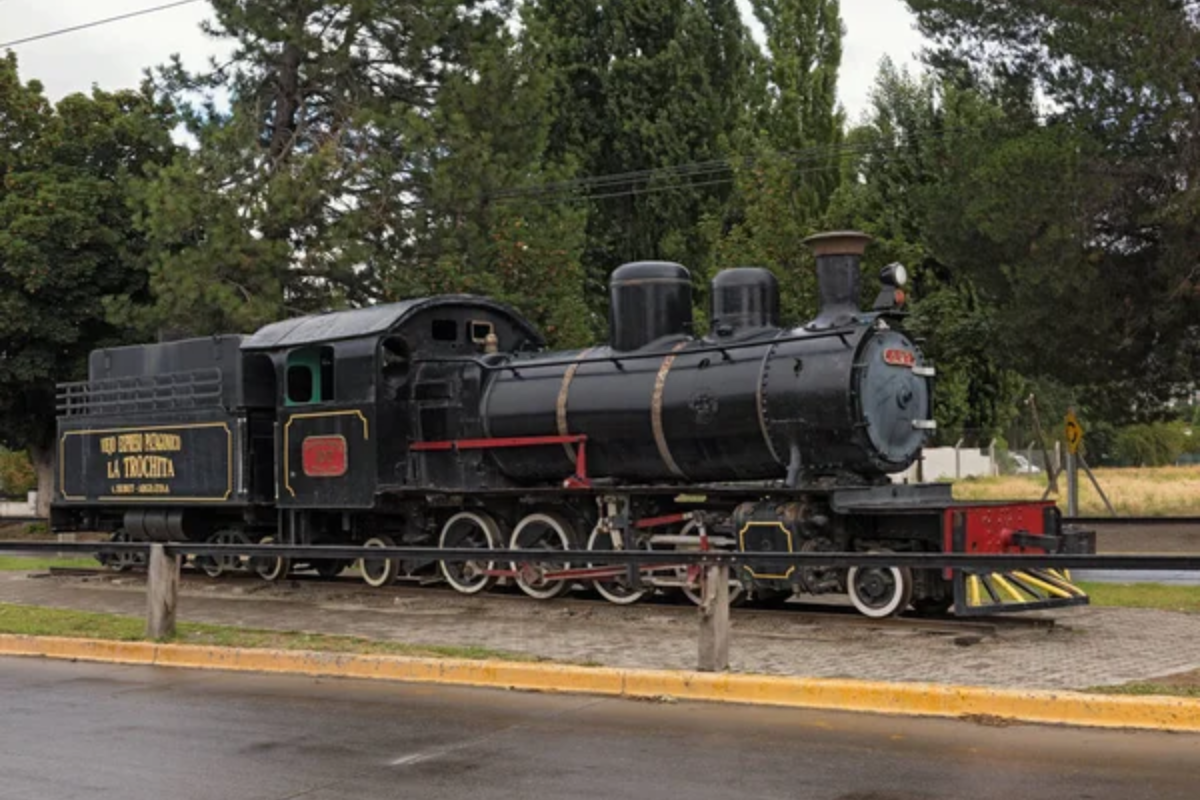
Known locally as La Trochita, this narrow-gauge railway chugs through the remote Patagonian steppe at a leisurely pace. The train travels through windswept plains where guanacos graze and condors soar overhead, connecting tiny settlements that are otherwise completely isolated.
Steam locomotives still power this historic line, adding an authentic touch to your journey through one of South America’s most sparsely populated regions.
El Chepe Railway – Mexico

The Chihuahua-Pacific Railway, nicknamed El Chepe, traverses Mexico’s rugged Copper Canyon region through terrain so remote that indigenous Tarahumara people still live in caves. This engineering marvel crosses 37 bridges and passes through 86 tunnels as it winds through canyons deeper than the Grand Canyon.
The train provides the only practical access to many remote villages nestled in this spectacular but isolated mountain landscape.
Like Travel Pug’s content? Follow us on MSN.
The Blue Train – South Africa
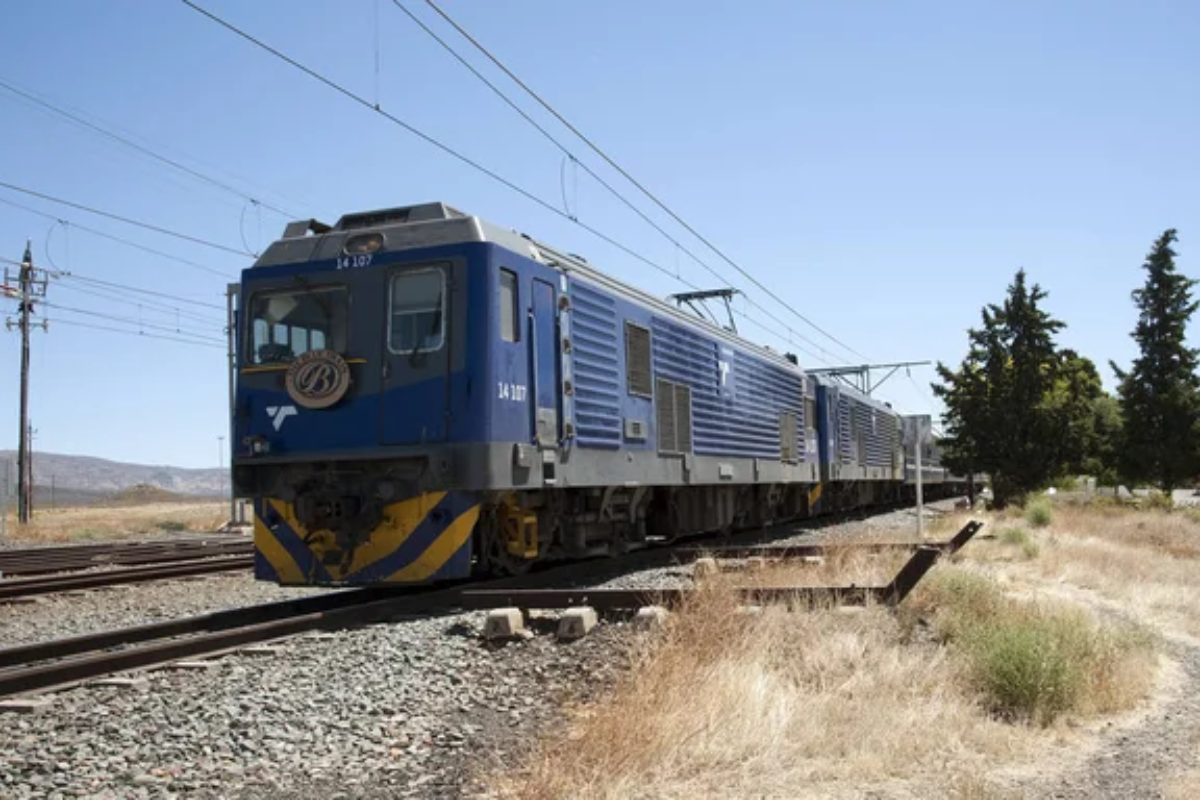
South Africa’s Blue Train offers a luxurious journey through the remote Karoo desert region, where endless horizons stretch under vast African skies. The landscape here is so desolate that you can travel for hours without seeing any signs of human habitation beyond occasional farm buildings.
This region’s isolation has preserved unique desert ecosystems where springbok antelopes and other wildlife thrive in apparent emptiness.
Eastern & Oriental Express – Southeast Asia

The Eastern & Oriental Express travels through remote jungle regions of Malaysia and Thailand that remain largely untouched by development. Dense tropical forests press close to the railway line, hiding ancient temples and wildlife that most travelers never encounter.
The train passes through regions where traditional villages still operate much as they have for centuries, connected to the outside world primarily by this single railway line.
Glacier Express – Switzerland
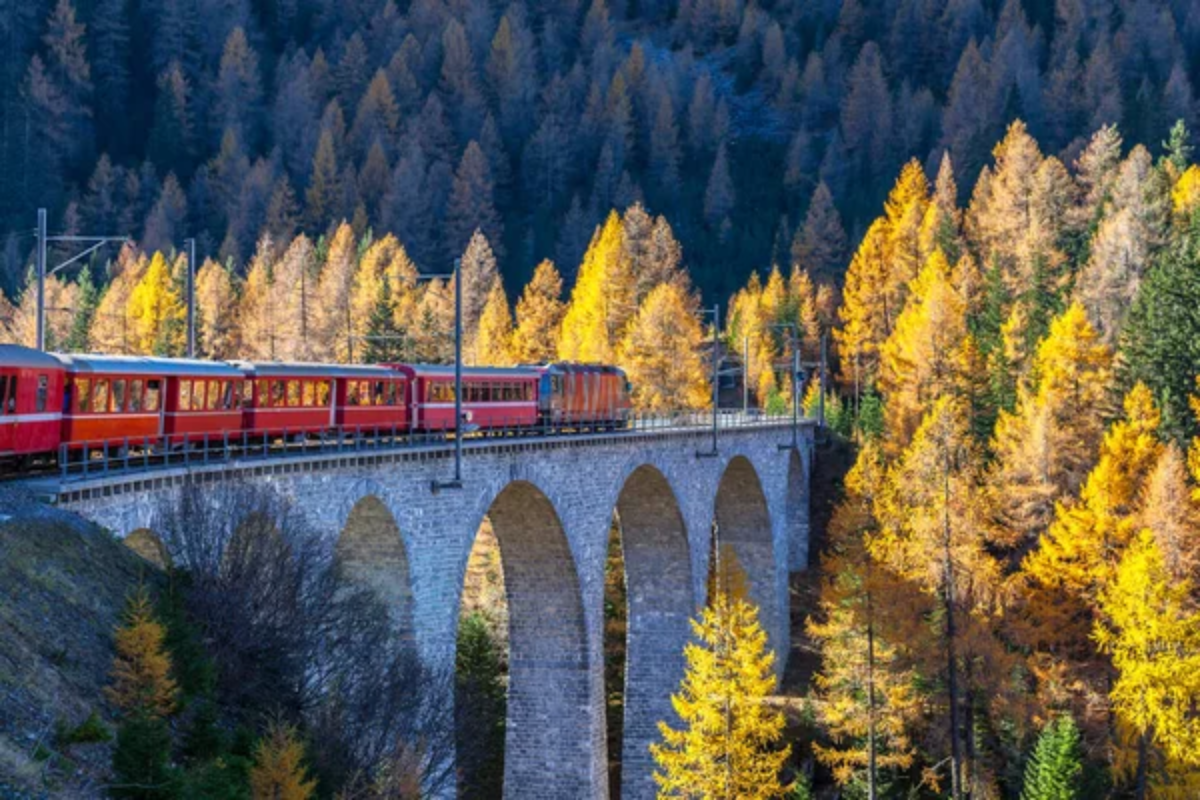
Switzerland’s Glacier Express crosses some of Europe’s most remote alpine terrain, passing through valleys that are cut off from road access for months during winter. The train climbs through high mountain passes where only mountain climbers and wildlife venture, offering views of pristine glaciers and peaks that few people ever see up close.
Some sections of this route pass through areas so isolated that emergency supplies can only be delivered by helicopter.
Like Travel Pug’s content? Follow us on MSN.
The Caledonian Sleeper – Scotland
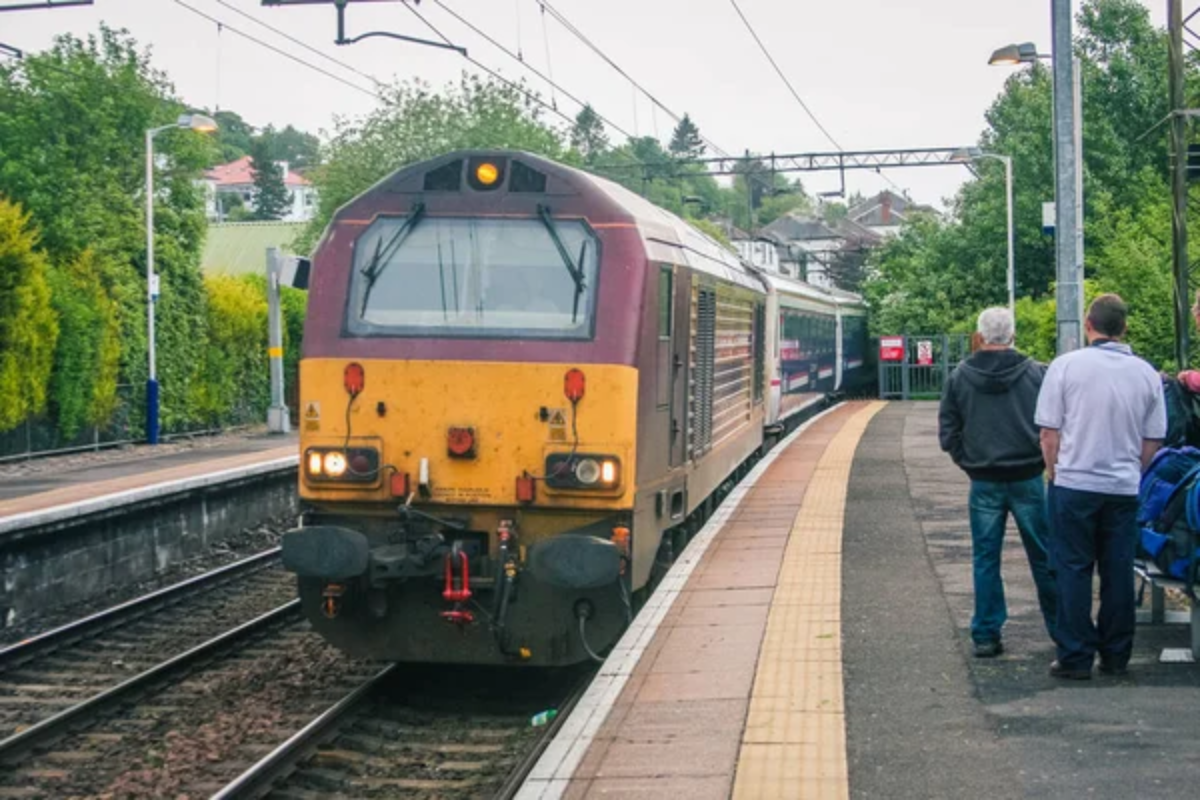
Scotland’s Caledonian Sleeper carries passengers through the remote Scottish Highlands, where vast moors and mountains stretch for miles without any signs of civilization. The train passes through glens and highlands that have remained virtually unchanged since ancient times, where Highland cattle and red deer are more common than people.
Many sections of this journey cross terrain so wild and isolated that mobile phone service doesn’t exist for hours at a time.
Indian Pacific – Australia

The Indian Pacific railway crosses the vast Nullarbor Plain, a limestone desert so remote and featureless that it includes the world’s longest straight stretch of railway track. For 297 miles, the train travels in a perfectly straight line across terrain so desolate that the nearest town might be hundreds of miles away.
This crossing includes some of the most isolated railway stations on Earth, where staff might not see another person for weeks.
Trans-Mongolian Railway – Mongolia and China
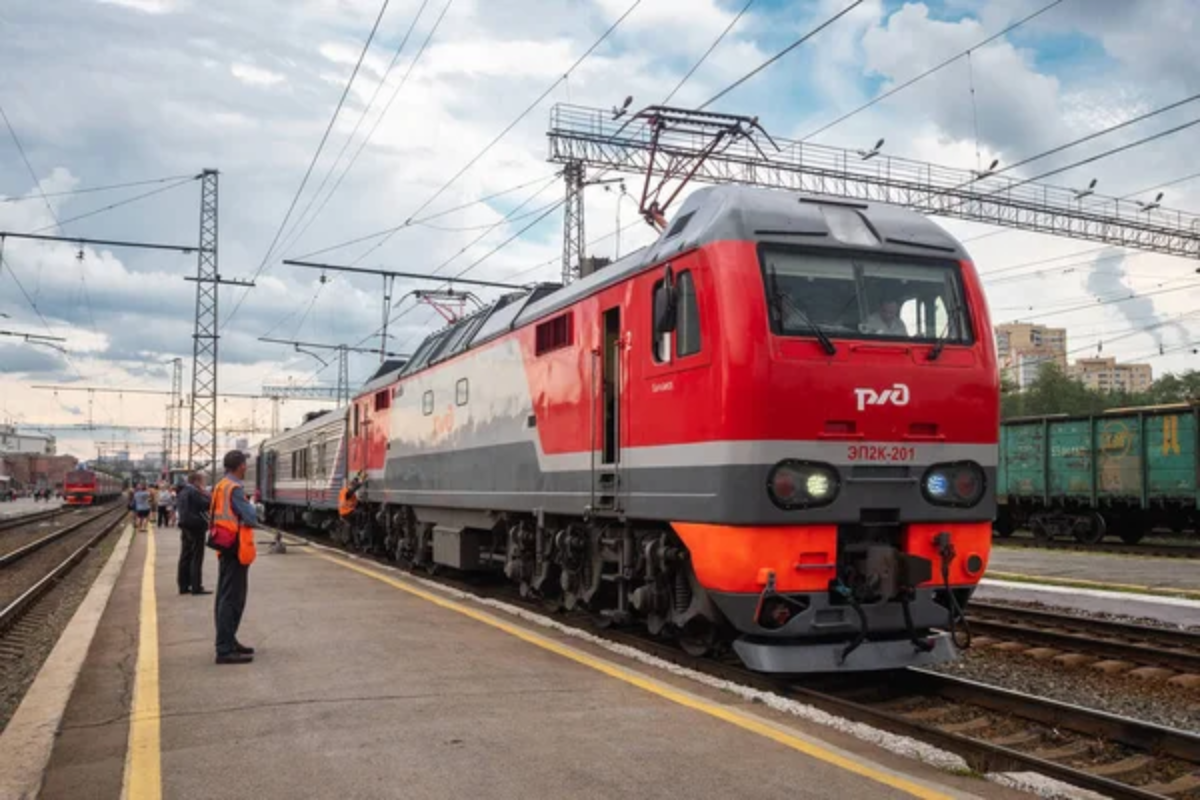
The Trans-Mongolian branch of the Trans-Siberian system crosses the Gobi Desert and remote Mongolian steppe, where nomadic herders still live in traditional yurts. The train passes through landscapes so vast and empty that you can see for dozens of miles in every direction without spotting a single building.
These grasslands and desert regions support traditional ways of life that have continued largely unchanged for thousands of years.
Like Travel Pug’s content? Follow us on MSN.
Palace on Wheels – India
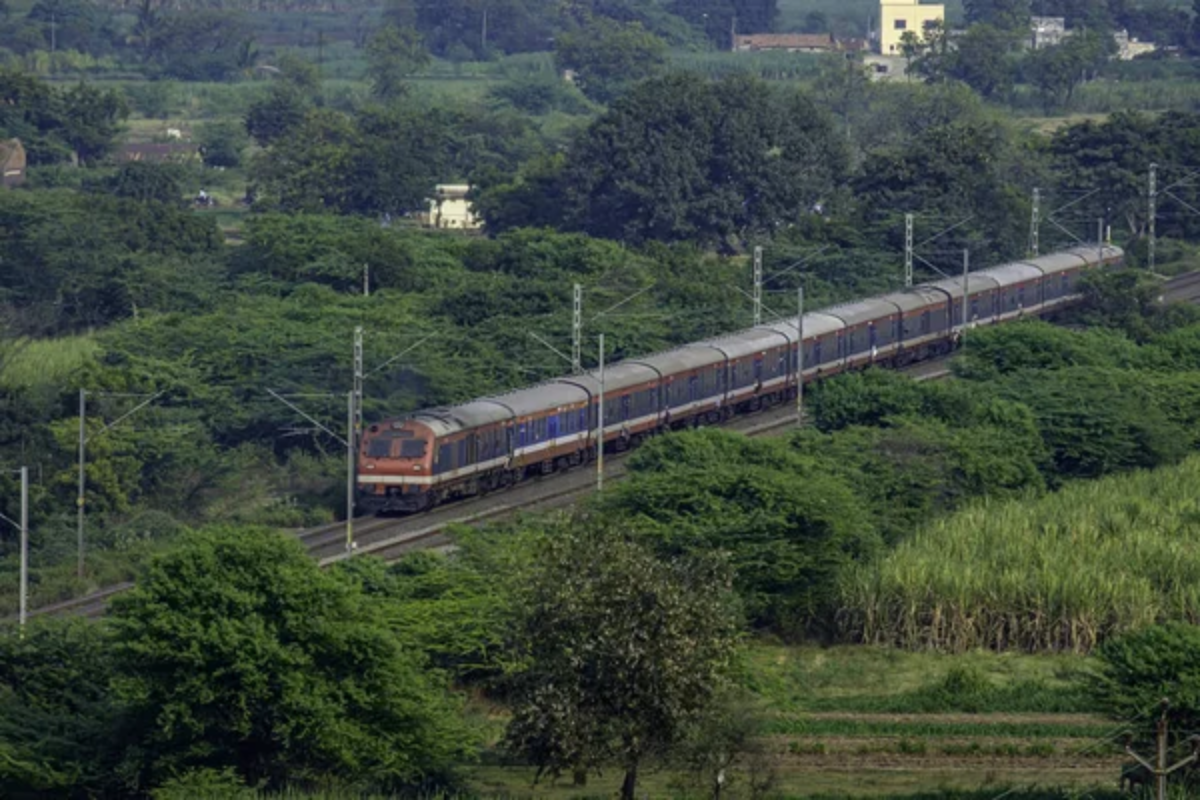
India’s Palace on Wheels ventures into the remote Thar Desert region of Rajasthan, where dunes stretch endlessly, and ancient caravan routes cross desolate terrain. The train stops in fortress cities that served as oases for desert travelers, surrounded by wilderness where peacocks and desert foxes still roam freely.
Many areas along this route remain so isolated that local communities continue traditional crafts and customs without outside influence.
Al Andalus – Spain
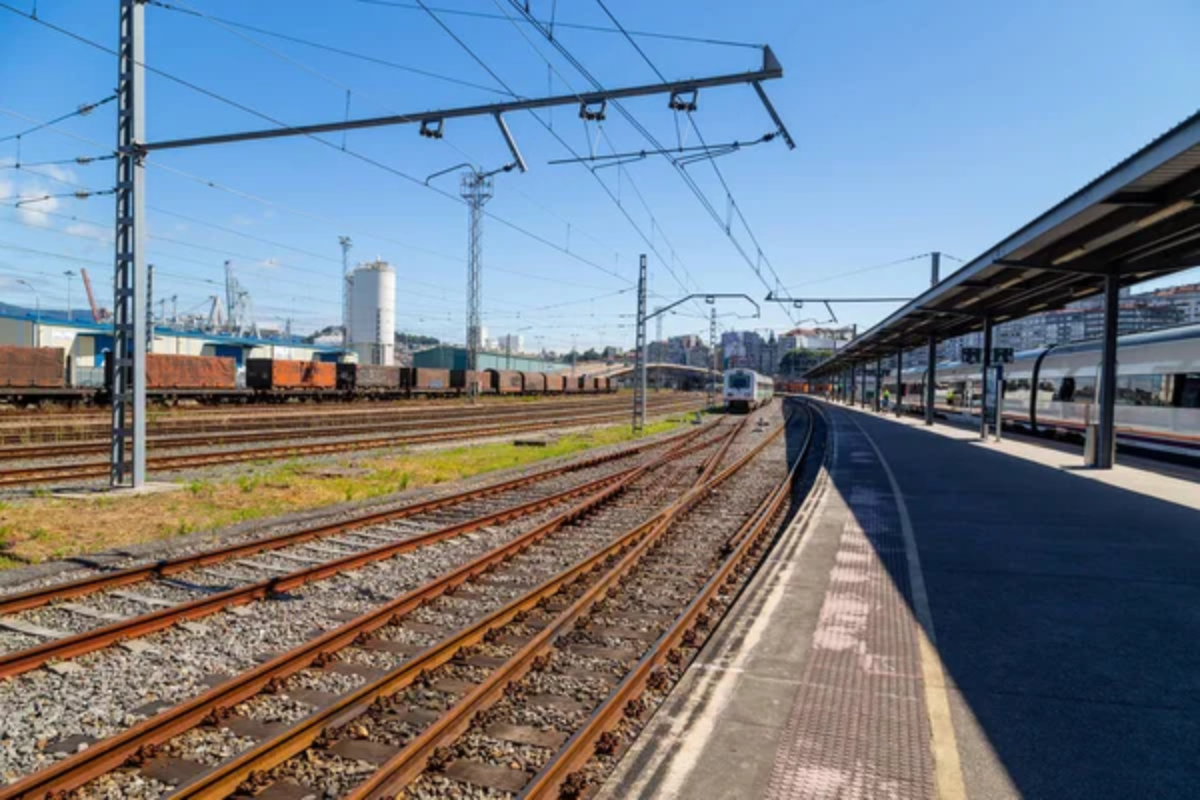
Spain’s Al Andalus luxury train travels through remote regions of Andalusia, where cork forests and olive groves cover rolling hills largely untouched by modern development. The railway passes through areas where traditional Spanish villages remain connected to the outside world primarily by this train line.
Some sections cross terrain so wild that Iberian lynx and other rare wildlife still thrive in landscapes that have changed little since medieval times.
The Canadian – Canada
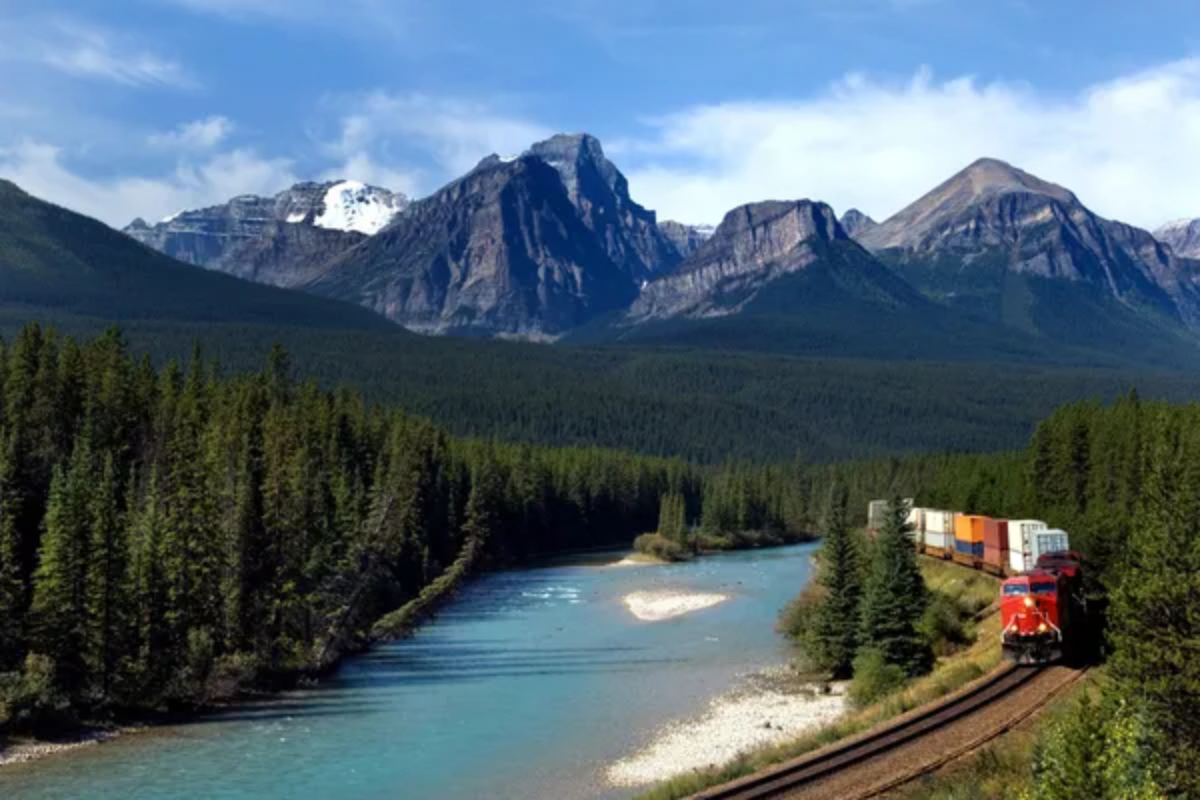
VIA Rail’s The Canadian crosses over 2,700 miles of remote Canadian wilderness, including vast stretches of boreal forest where logging roads provide the only human access. The train passes through regions where polar bears roam near Hudson Bay and where Indigenous communities maintain traditional relationships with the land.
Some portions of this journey cross terrain so isolated that emergency services can only reach stranded travelers by aircraft.
Like Travel Pug’s content? Follow us on MSN.
Rovos Rail – Southern Africa
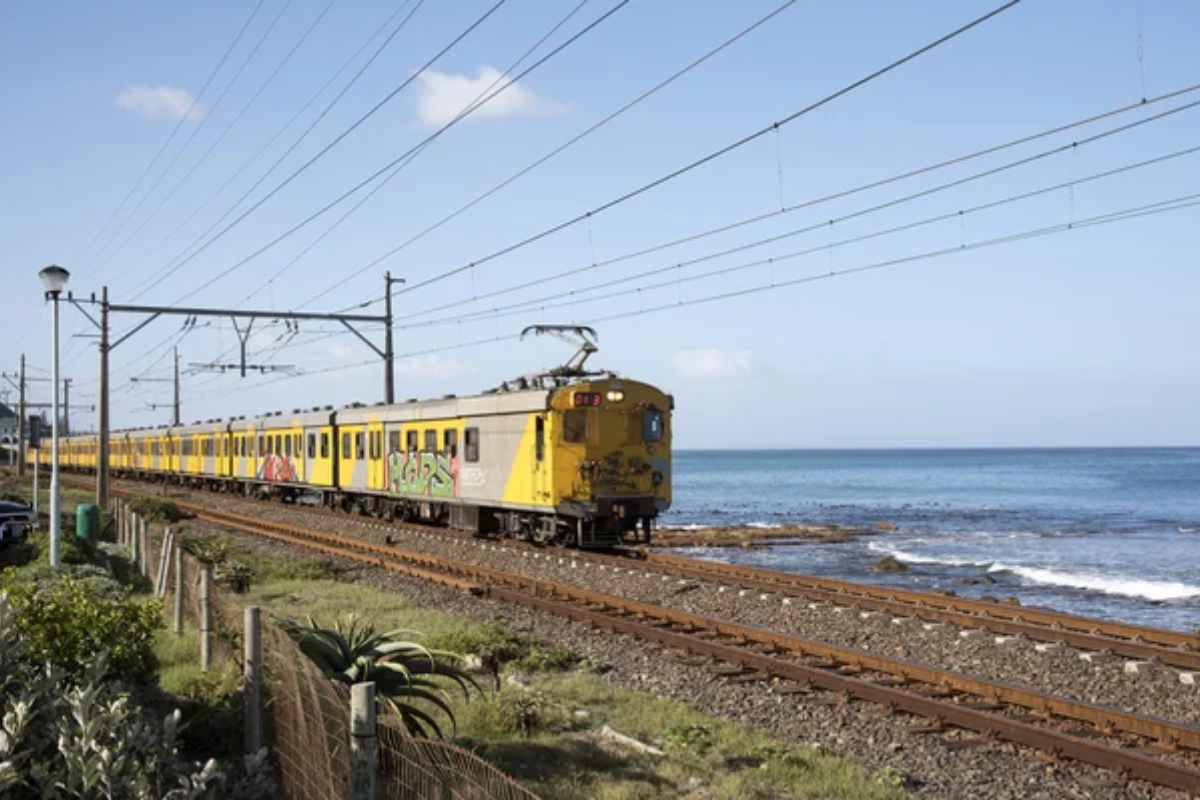
Rovos Rail’s routes cross some of southern Africa’s most remote wilderness areas, including regions of the Kalahari Desert where Bushmen still practice traditional hunting and gathering. The luxury train travels through game reserves and conservation areas where elephants, lions, and other wildlife roam freely across landscapes largely unchanged since prehistoric times.
Many stops along these routes are in locations so isolated that they’re accessible only by railway or chartered aircraft.
Arctic Circle Train – Norway
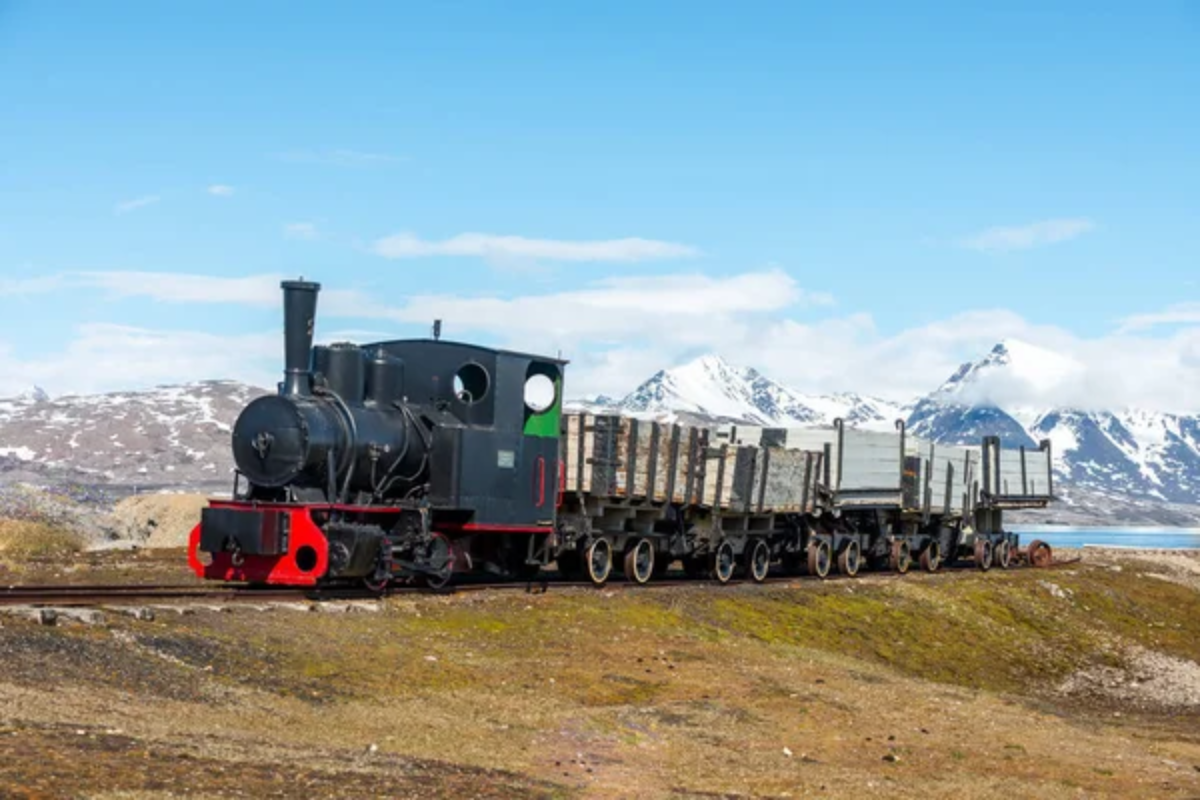
Norway’s Arctic Circle train crosses remote northern regions where reindeer herding remains a traditional way of life and where the midnight sun shines for months during summer. The railway passes through terrain so isolated that polar night lasts for weeks during winter, and the aurora borealis lights up skies unpolluted by human development.
Some sections cross wilderness areas where Sami people still follow traditional migration patterns with their reindeer herds.
Bernina Express – Switzerland and Italy
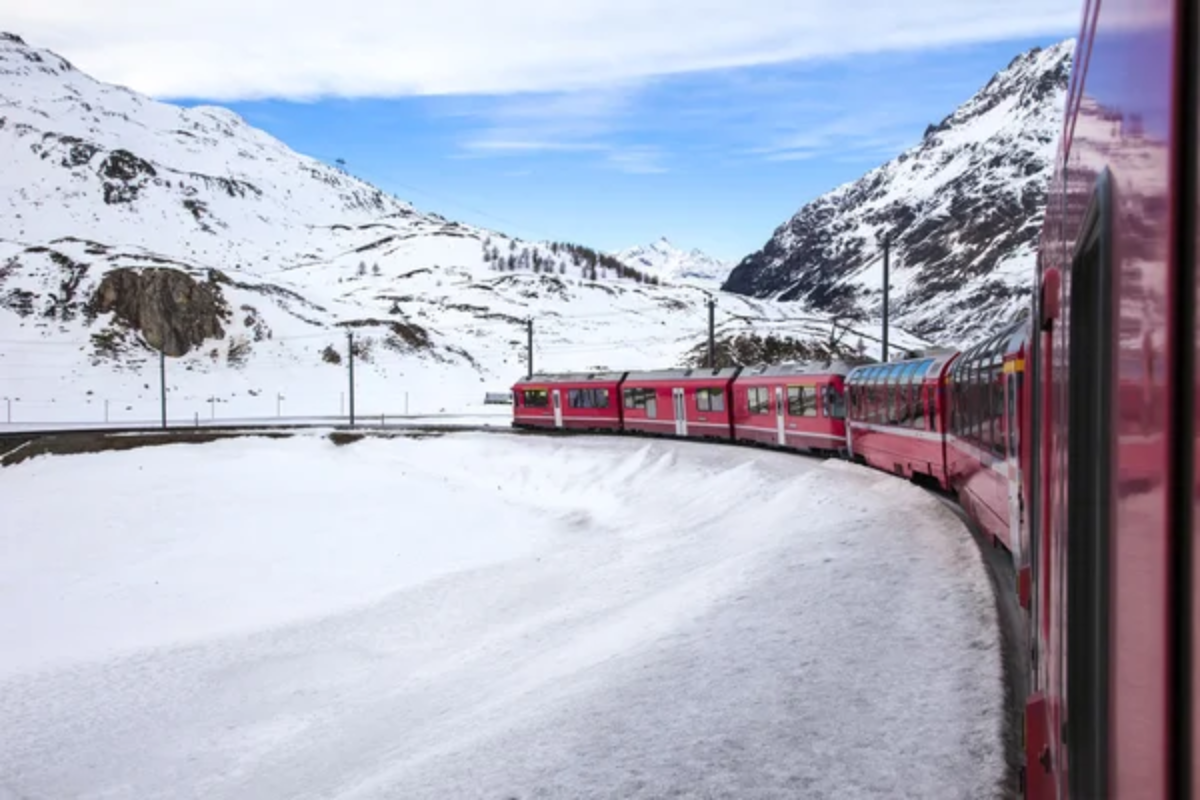
The Bernina Express crosses remote Alpine terrain between Switzerland and Italy through landscapes accessible only by this remarkable railway. The train climbs through high mountain passes where glaciers and snow fields remain untouched year-round, far from any roads or hiking trails.
Some sections pass through areas so isolated that avalanche barriers and snow sheds protect the railway from natural forces that would make other forms of transportation impossible.
Like Travel Pug’s content? Follow us on MSN.
The Maharajas’ Express – India

India’s Maharajas’ Express travels through remote regions of central India where tiger reserves and wildlife sanctuaries preserve wilderness areas largely untouched by human development. The luxury train stops near locations where tigers, leopards, and elephants roam freely through forests that have been protected from outside influence for decades.
Many areas along this route remain so wild that local tribes continue traditional practices in harmony with wildlife populations.
Andean Explorer – Peru
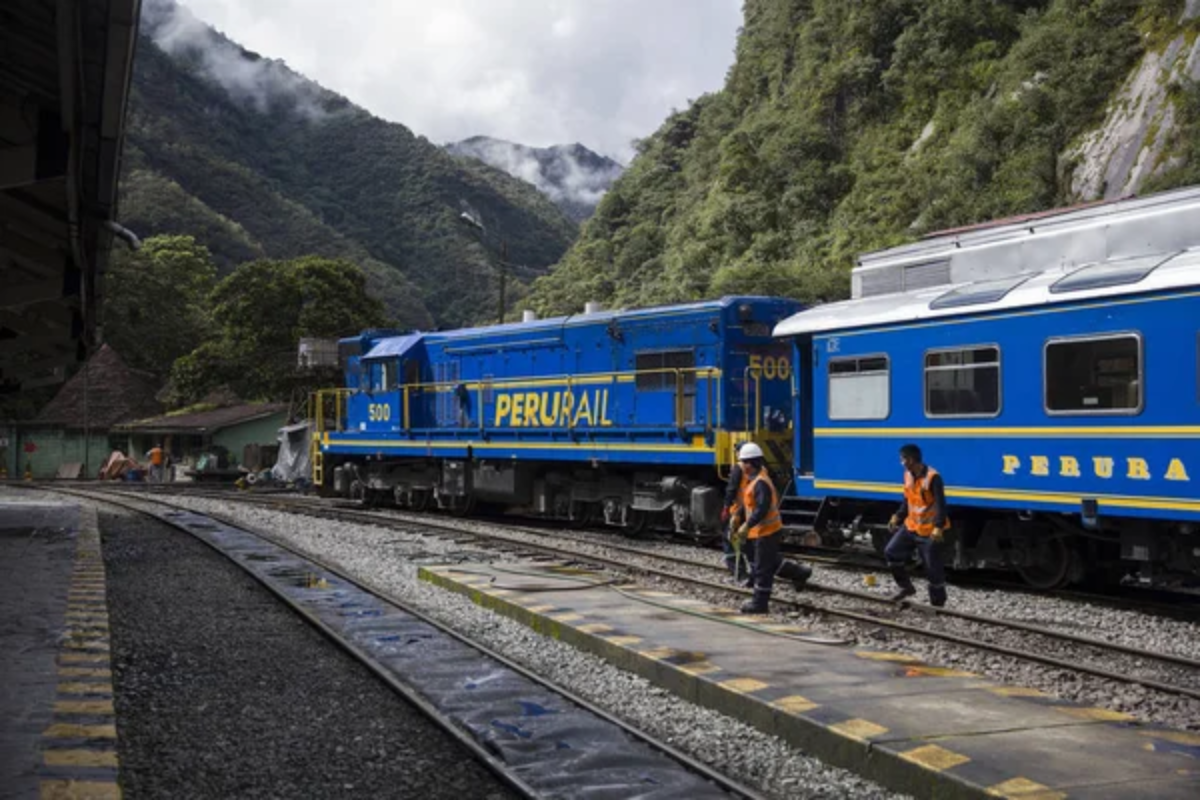
Peru’s Andean Explorer crosses some of South America’s most remote high-altitude terrain, climbing to elevations where only hardy vicuñas and other specialized wildlife can survive. The train passes through regions of the Altiplano where indigenous communities maintain traditional ways of life at altitudes that challenge most visitors.
Some sections cross terrain so isolated that ancient Inca sites remain undiscovered in valleys that the railway skirts but doesn’t fully explore.
White Pass & Yukon Route – Alaska and Canada
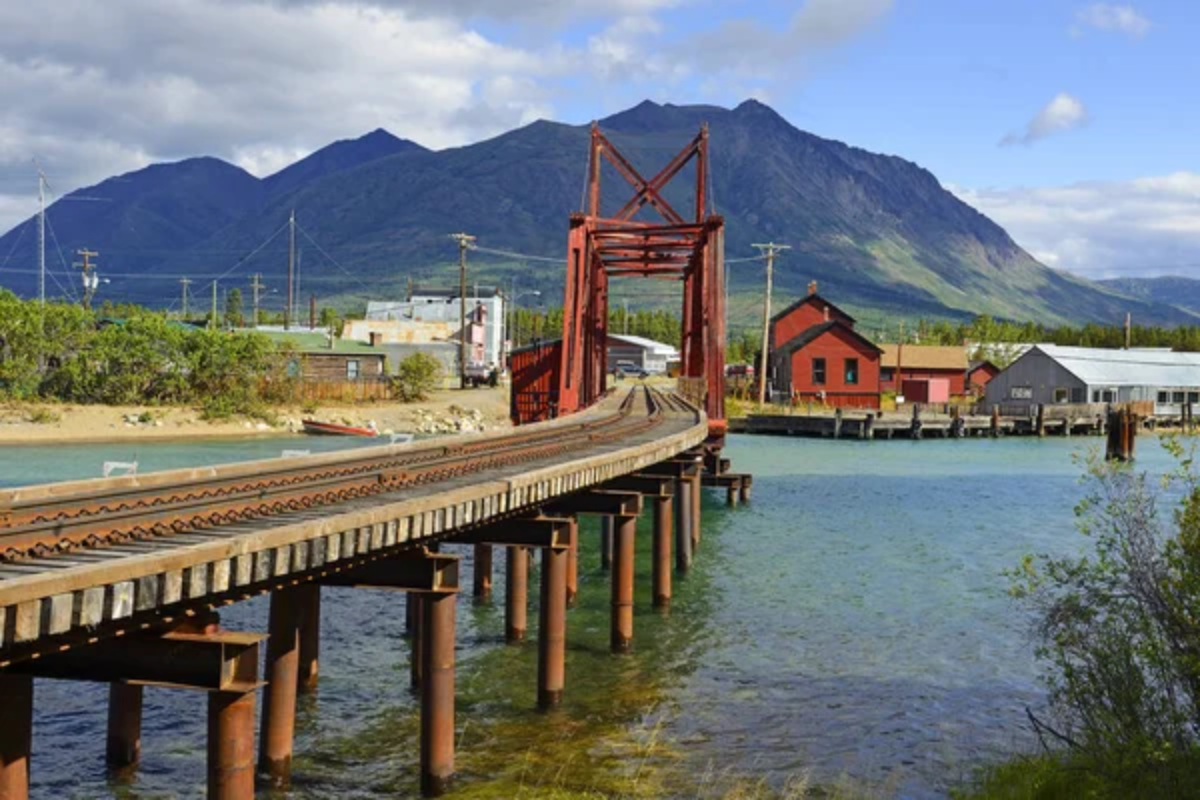
The White Pass & Yukon Route follows the historic Klondike Gold Rush trail through remote wilderness areas where grizzly bears and wolves still roam freely. This narrow-gauge railway climbs through mountain passes that remain snow-covered much of the year, crossing terrain so challenging that it was considered an engineering impossibility when first proposed.
The route passes through areas where gold rush ghost towns serve as reminders of human attempts to conquer this unforgiving wilderness.
Like Travel Pug’s content? Follow us on MSN.
Rails Through Time and Wilderness

These remote railway journeys represent more than just transportation; they’re moving windows into landscapes that have remained largely unchanged despite centuries of human progress elsewhere. Many of these train routes were originally built to connect isolated communities or transport resources from remote regions, but today they serve as vital links between our modern world and places where traditional ways of life continue.
The experience of traveling by train through such isolated terrain offers a perspective on our planet that few other forms of travel can match, reminding us that vast areas of wilderness still exist where nature, not humanity, sets the pace of daily life.
More from Travel Pug

- 20 Best Beach Towns in the Carolinas
- 13 Destinations Where Tourists Regularly Regret Their Trip
- 20 Destinations That Are More Magical Without an Itinerary
- 20 Underrated Adventures That Belong on Your Travel List
- 20 Cities Where You Should Just Wing It, No Planning Required
Like Travel Pug’s content? Follow us on MSN.N.
